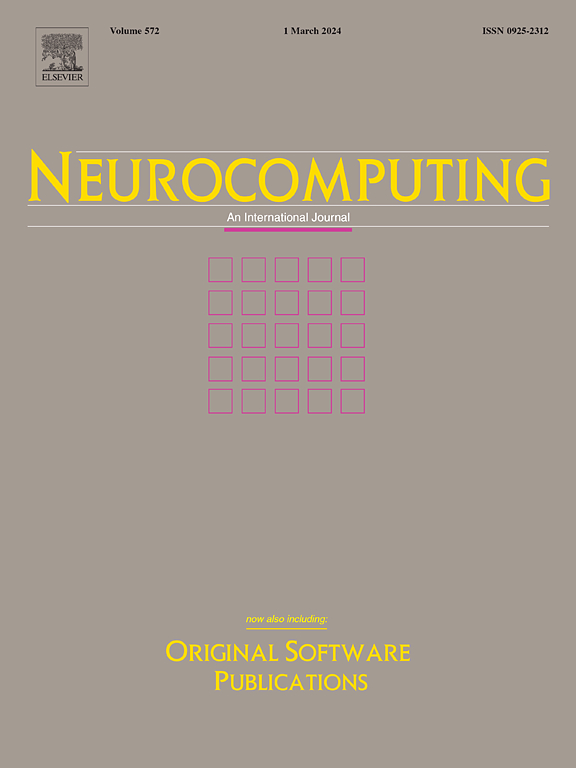因果导向图曼巴用于检测社会异常车辆轨迹
IF 5.5
2区 计算机科学
Q1 COMPUTER SCIENCE, ARTIFICIAL INTELLIGENCE
引用次数: 0
摘要
随着自动驾驶和物联网技术的快速发展,车辆轨迹异常检测成为道路监控的重要任务之一,有助于交通数据采集和智能交通管理。大多数方法使用简单的车辆与静态信息交互来完成此任务。相比之下,长序列的轨迹时空信息能更好地描述车辆的行驶状态。在本研究中,我们引入了用于时空图建模的轨迹异常检测管道来解决这一任务中的挑战。首先,我们提出了一种因果引导的动态图表示(CGDG),以有效地模拟复杂轨迹中的关键相互作用。这种引导和解耦机制为我们的后续过程奠定了基础。随后,我们利用时空特征融合曼巴(STFMamba)作为编码器和解码器,解析了时空图中的动态演化过程。异常结果由重构概率生成。为了解决轨迹异常检测中数据集稀缺和昂贵的挑战,我们提出了TRAREAL基准数据集,并补充了各种异常事件场景进行实验。我们的方法在自然轨迹基准数据集的评估中表现良好。源代码可从https://github.com/yongfengB/DATMamba获得。本文章由计算机程序翻译,如有差异,请以英文原文为准。
Causally-guided graph Mamba for detecting socially abnormal vehicle trajectories
With the rapid development of autonomous driving and internet of things (IoT) technologies, vehicle trajectory anomaly detection becomes one of the important tasks in road monitoring to help traffic data collection and intelligent traffic management. Most methods use simple vehicle interaction with static information to accomplish this task. In contrast, long sequences of trajectory spatio-temporal information can better describe the state of vehicle traveling. In this study, we introduce a trajectory anomaly detection pipeline for spatio-temporal graph modeling to address the challenges in this task. First, we propose a causally guided dynamic graph representation (CGDG) to efficiently model key interactions in complex trajectories. This bootstrapping and decoupling mechanism lays the foundation for our subsequent process. Subsequently, we parse the dynamic evolution process in the spatiotemporal graph by using spatio-tempora feature fusion Mamba (STFMamba) as an encoder and decoder. The anomaly results are generated by reconstruction probabilities. To address the challenge of scarce and expensive datasets in trajectory anomaly detection, we propose the TRAREAL benchmark dataset supplemented with various anomalous event scenarios for experiments. Our method performs well in the evaluation of natural trajectory benchmark datasets. The source codes are available at https://github.com/yongfengB/DATMamba.
求助全文
通过发布文献求助,成功后即可免费获取论文全文。
去求助
来源期刊

Neurocomputing
工程技术-计算机:人工智能
CiteScore
13.10
自引率
10.00%
发文量
1382
审稿时长
70 days
期刊介绍:
Neurocomputing publishes articles describing recent fundamental contributions in the field of neurocomputing. Neurocomputing theory, practice and applications are the essential topics being covered.
 求助内容:
求助内容: 应助结果提醒方式:
应助结果提醒方式:


